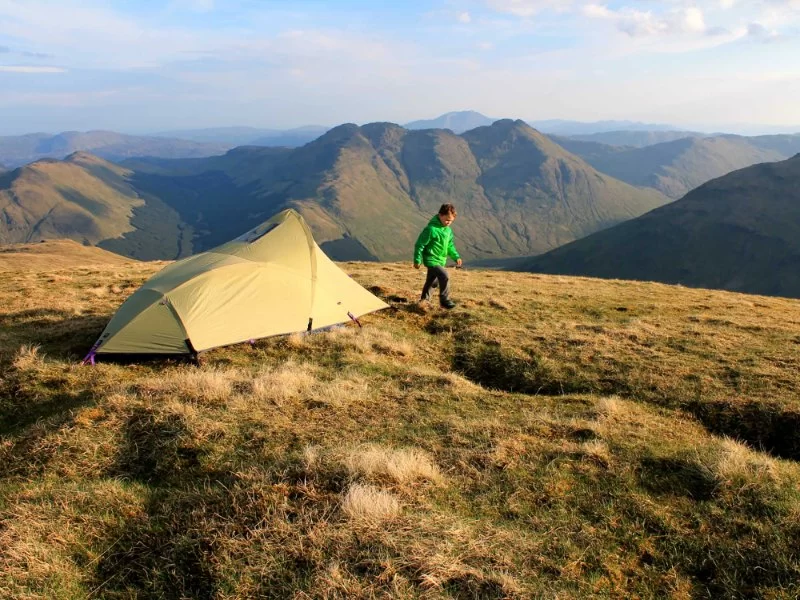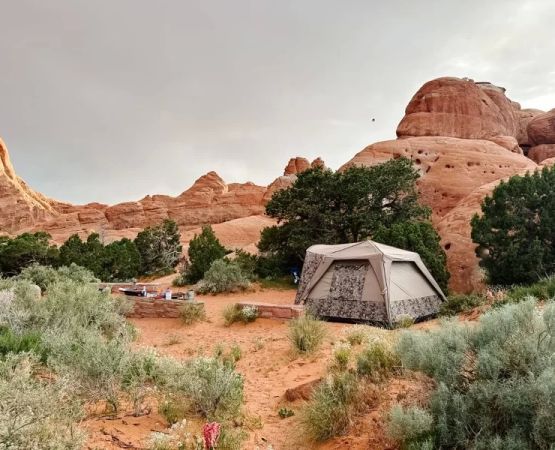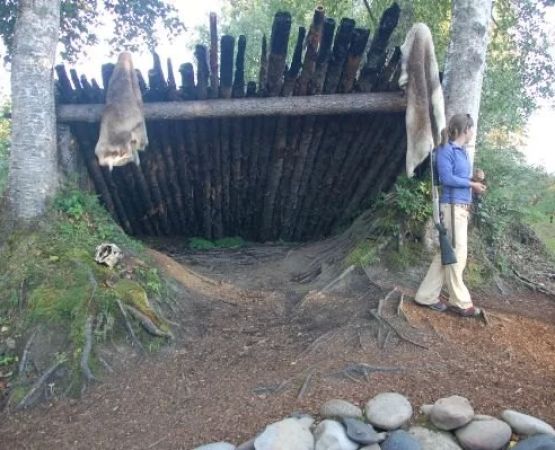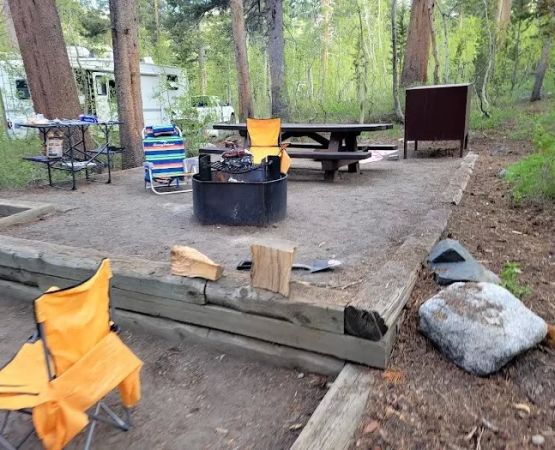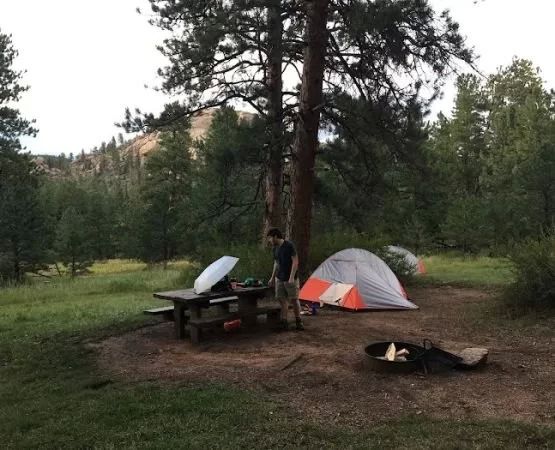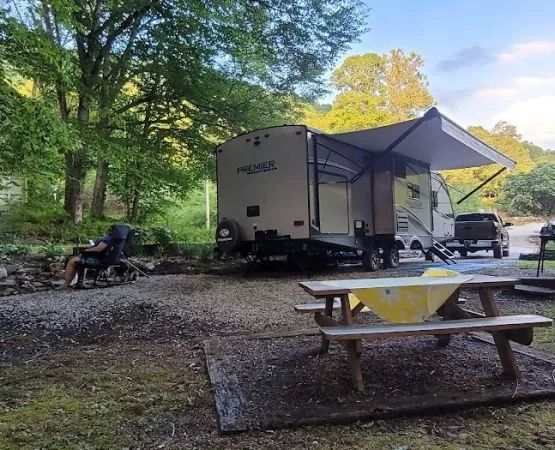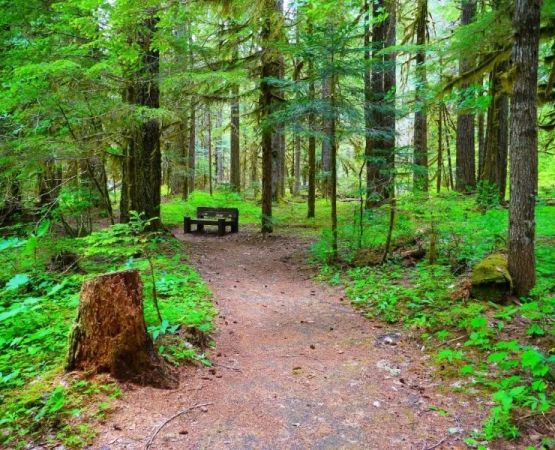- Understanding-Folded-Ridge-Crests-and-Their-Appeal
- Choosing-the-Right-Camping-Spot-Near-a-Ridge
- Essential-Gear-for-Ridge-Camping
- Weather-Preparation-and-Safety-Tips
- Real-Experiences-from-Ridge-Camping-Adventurers
- Environmental-Ethics-and-Leave-No-Trace-Principles
- How-Pine-Cliff-Resort-Can-Enhance-Your-Ridge-Camping-Adventure
1. Understanding Folded Ridge Crests and Their Appeal
For adventurous souls, camping near folded ridge crests offers something truly special — sweeping panoramic views, dramatic geological formations, and the serene isolation that only high-altitude terrain can provide. Understanding how to camp near folded ridge crests begins with appreciating what makes these natural structures so unique. Folded ridges are formed over millions of years by tectonic pressure, creating wave-like layers of rock that ripple across the landscape. They make for some of the most scenic — and challenging — camping experiences on earth.
1.1 The Beauty and Challenge of Ridge Terrain
Camping on or near ridges rewards you with sunrise vistas and cool mountain air, but it also requires preparation. The uneven ground, unpredictable weather, and exposure to wind mean you’ll need strategy and awareness. But for those willing to plan properly, the experience is pure magic.
2. Choosing the Right Camping Spot Near a Ridge
Selecting a campsite near a folded ridge crest is about finding the balance between safety and scenery. The best spots are slightly below the crest — sheltered from direct wind but still offering elevated views. Avoid camping directly on the ridge top, as strong gusts and lightning pose real hazards.
2.1 What to Look For in a Campsite
Look for flat, well-drained ground that’s clear of loose rocks or potential landslide zones. Proximity to a water source is a plus, but never camp too close to runoff channels where flash floods can occur. Local wildlife also uses these routes, so keeping a respectful distance helps both you and them stay safe.
3. Essential Gear for Ridge Camping
Camping in ridge country requires gear that’s lightweight but rugged enough to withstand mountain conditions. Prioritize wind-resistant tents, high-quality sleeping bags rated for low temperatures, and compact cooking systems that perform well in uneven terrain.
3.1 Key Items to Pack
- Four-season tent with a sturdy rainfly
- Cold-weather sleeping pad for insulation
- Portable camp stove with wind guard
- Layered clothing system for variable temperatures
- Headlamp and extra batteries for early sunsets
- Navigation tools — GPS and physical map backup
Pack light but smart — the less you carry, the easier it will be to navigate steep inclines and narrow ridgelines.
4. Weather Preparation and Safety Tips
Mountain weather changes quickly, and folded ridge areas can see sudden storms even in fair seasons. Before your trip, check forecasts and learn how to read natural signs of changing conditions. If clouds start forming rapidly or winds pick up unexpectedly, it’s best to descend to a lower, safer area.
4.1 Lightning and Wind Safety
Never camp directly under lone trees or near metal outcrops during thunderstorms. Instead, pitch your tent in a slight depression away from exposed rock. For wind, use extra guy lines and anchor points; ridge winds can be relentless overnight. A few added stakes can mean the difference between a peaceful night and a collapsed tent.
5. Real Experiences from Ridge Camping Adventurers
Many experienced campers recall their first ridge night as both humbling and exhilarating. One traveler from Oregon shared that after hiking three hours beyond the trailhead, they woke to a sunrise breaking over folded cliffs that looked like waves frozen in stone. “It felt like sleeping above the world,” they said. But they also admitted that poor tent placement left them exposed to heavy winds — a lesson learned for next time.
5.1 The Importance of Adaptability
Real adventure often means adjusting your plans. Whether it’s moving camp due to shifting weather or adapting your route to avoid erosion zones, flexibility is what turns a difficult night into a memorable story.
6. Environmental Ethics and Leave No Trace Principles
Camping near folded ridge crests requires extra environmental care. These ecosystems are fragile, and ridge vegetation can take years to recover from damage. Following Leave No Trace principles is essential — pack out every item you bring, stay on existing paths, and avoid disturbing rock formations or nesting wildlife.
6.1 Sustainable Camp Setup
Use a small footprint tent, avoid open fires in dry seasons, and choose biodegradable soaps for cleaning. Every responsible action helps preserve these breathtaking landscapes for future explorers.
7. How Pine Cliff Resort Can Enhance Your Ridge Camping Adventure
At 【Pine Cliff Resort】, we’re passionate about helping adventurers make the most of their outdoor experiences. Whether you’re learning how to camp near folded ridge crests for the first time or looking to refine your skills, we offer expert advice, guided programs, and premium outdoor gear recommendations tailored to ridge terrain. Our community of seasoned campers and nature enthusiasts share real insights that make each trip safer and more enjoyable.
7.1 From Preparation to Exploration
With resources from 【Pine Cliff Resort】, you can confidently explore folded ridge environments knowing you’re well-equipped and environmentally conscious. The mountains are calling — and with the right mindset and preparation, camping near folded ridge crests can be one of the most rewarding adventures of your life.

